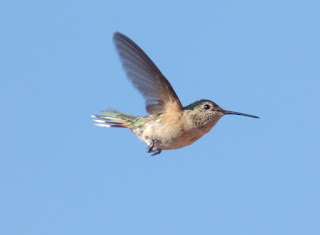A news release from the George Washington University (GW) Cancer Center.
Genetic modifier HDAC6 was found to control tumor growth and halt metastasis in triple-negative breast cancer in vivo, according to a new study published in the journal Cancer Research by investigators at the George Washington University (GW) Cancer Center.
Immunotherapy – the use of drugs to stimulate one’s own immune system to recognize and destroy cancer cells – has been successful in melanoma and other cancers. However, it has been less effective in breast cancer.
“There is an urgent medical need to find new ways to potentiate or increase the efficacy of immunotherapy in breast cancer, especially in aggressive and highly metastatic triple-negative breast cancer,” said Alejandro Villagra, PhD, member of the Cancer Biology Program at the GW Cancer Center and assistant professor of biochemistry and molecular medicine at the GW School of Medicine and Health Sciences. “Our research lays the groundwork for a clinical trial that could lead to new, life-saving treatment options for breast cancer patients that do not respond to conventional immunotherapies.”
Molecularly targeted agents, such as HDAC6 inhibitors, have been widely described in the research literature as cytotoxic – toxic to both cancerous and healthy cells. Villagra and his research team found new non-canonical regulatory properties of these epigenetic drugs, discovering that the inhibition of HDAC6 has a powerful and strong effect on the immune system unrelated to the previously cytotoxic properties attributed to HDAC inhibitors.
This research demonstrates for the first time that HDAC6 inhibitors can both improve response to immunotherapy and diminish the invasiveness of breast cancer, with minimal cytotoxic effects.
“We are excited about the work because, in addition to the potency of immunotherapy, this drug alone is capable of reducing metastasis,” said Villagra. “This could have implications beyond breast cancer.”

